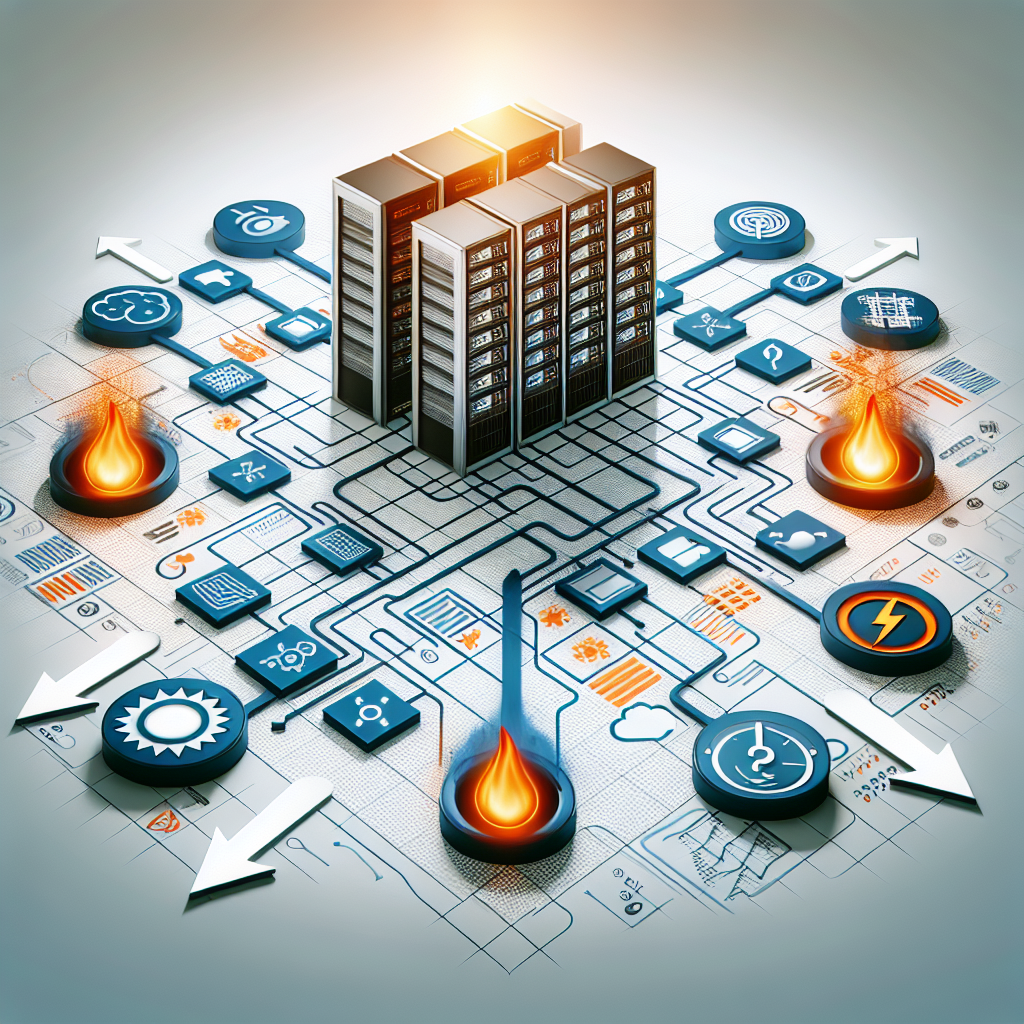Fix today. Protect forever.
Secure your devices with the #1 malware removal and protection software
Data centers are the backbone of modern technology, housing servers, storage systems, and networking equipment that keep businesses running smoothly. However, with the increasing demands for computing power and the rise of high-density servers, data centers are facing new challenges when it comes to power and cooling.
Power and cooling issues can lead to downtime, reduced performance, and increased costs for data center operators. In this troubleshooting guide, we will explore some common power and cooling challenges faced by data centers and provide tips on how to resolve them effectively.
1. Overheating: One of the most common issues in data centers is overheating. High-density servers generate a significant amount of heat, and if not properly cooled, this can lead to equipment failure and downtime. To resolve overheating issues, consider implementing a containment system to separate hot and cold air, installing additional cooling units, or optimizing airflow within the data center.
2. Power Outages: Power outages can be catastrophic for data centers, leading to data loss and downtime. To prevent power outages, consider investing in backup power systems such as uninterruptible power supplies (UPS) or generators. Regularly test these systems to ensure they are functioning properly in the event of a power failure.
3. Power Surges: Power surges can damage equipment and lead to data loss. To protect against power surges, install surge protectors or power conditioning units to regulate voltage fluctuations. Additionally, consider implementing redundant power supplies for critical equipment to ensure continuous operation.
4. Energy Efficiency: Data centers are notorious for their high energy consumption. To improve energy efficiency and reduce cooling costs, consider implementing energy-saving measures such as hot aisle/cold aisle containment, using energy-efficient cooling systems, and optimizing server configurations to reduce power consumption.
5. Capacity Planning: As data centers grow and expand, it is important to plan for future power and cooling requirements. Conduct regular capacity planning assessments to determine if the current infrastructure can support future growth. Consider upgrading cooling systems, adding additional power sources, or consolidating servers to optimize space and energy usage.
In conclusion, resolving power and cooling challenges in data centers requires a proactive approach and careful planning. By implementing the tips outlined in this troubleshooting guide, data center operators can ensure optimal performance, reduce downtime, and lower operating costs. Remember to regularly monitor and maintain power and cooling systems to ensure they are functioning efficiently and effectively.


Leave a Reply
You must be logged in to post a comment.